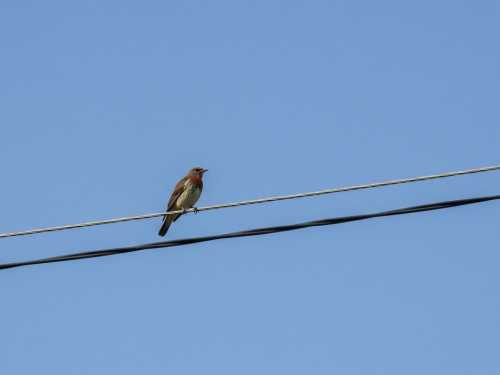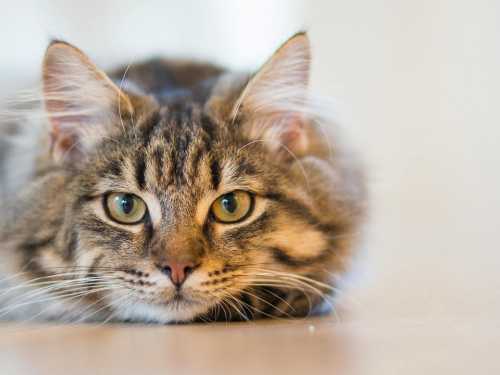
You have probably seen birds sitting calmly on high-voltage wires more than once. And the logical question is: why don't they get electrocuted? After all, the voltage there is huge! In fact, there is no magic here, just a little physics, which we will now explain as simply as possible.
What is current and when is it dangerous?
Think of electric current as the flow of water in a pipe. For water to flow, there needs to be a pressure difference, right? For example, between a full barrel at the top and an empty barrel at the bottom. In electricity, this “pressure difference” is called voltage.
Current will only flow when there are two points with different “electrical pressures” and there is a path (bridge) between them. For a bird to be electrocuted, its body must become such a bridge.
Why is a bird on a single wire safe?
When a bird lands on a single wire, both of its feet are at points with virtually the same “electrical pressure.” There is no significant difference—and no strong current flow through the body.
The entire huge flow of “electric water” continues to flow along the simplest path – along the wire itself, because it is designed for this (it has very little resistance/resistance). The bird's body, compared to a metal wire, has enormous resistance.
Current is “lazy”, it always chooses the easiest path. Why would it “squeeze” through a bird, if there is a wide and convenient “highway” – a wire? Therefore, such a small current passes through the bird that it does not even feel it.
When do birds die?
But when does trouble happen? Tragedy occurs when a bird breaks this rule and creates the same “bridge” between points with different voltages.
For example:
- It sits on a wire and touches its wing with a metal support (pole), which is connected to the ground. The ground has zero “electric pressure”.
- A large bird (such as a stork) spreads its wings and simultaneously touches two different wires.
In these cases, the bird's body becomes a perfect conductor between high voltage and low. All the current is directed through it, and this kills instantly.
And why don't birds sit on the largest power lines?
Why then are birds almost never seen on the largest power lines, where the voltage is over 200,000 volts?
The problem here is an extremely strong electric field. Think of it as an invisible, but very “tense” aura around a wire. This field is so powerful that it literally begins to “punch” the air around it, creating microscopic sparks. This phenomenon is called corona discharge.
What does the bird feel? It is extremely unpleasant for it. When it flies up to such a wire, its feathers begin to “crackle” and tingle from these micro-discharges. It hears a constant hissing sound and feels vibration.
It's like trying to relax in a massage chair that's giving off a gentle current and making a loud buzzing sound. Not the best place to relax, right? That's why birds instinctively avoid such lines, opting for something quieter.





